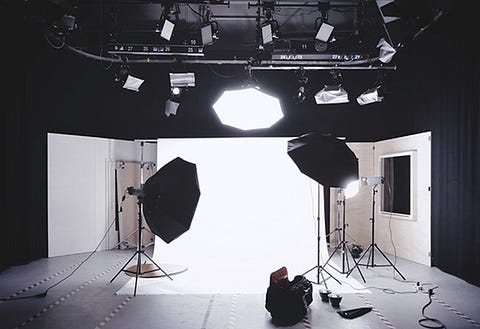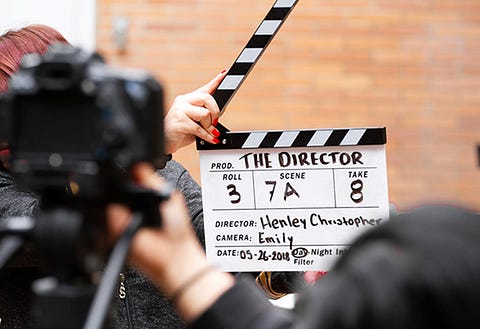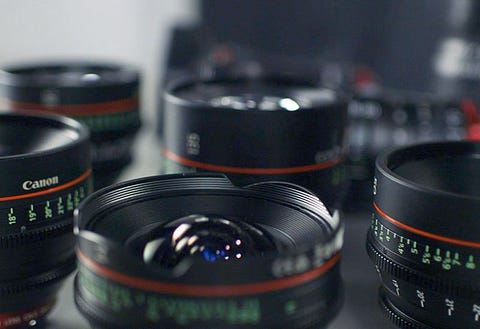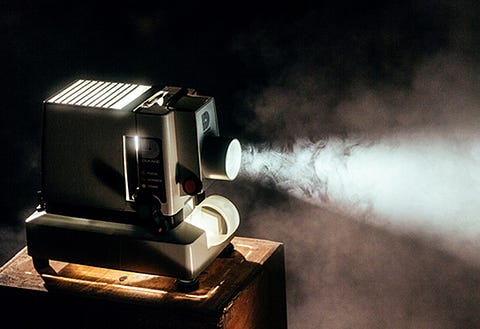
A film director is like the captain of the ship. He/she must know almost everything about filmmaking. A director is a jack of many trades and knowledge about every department involved in filmmaking is very important. It is a film director’s job to understand and translate a script into a visual film, which means that the director must comprehend all the creative aspects of filmmaking. To accomplish the making of a film, a director must know and understand the language of scriptwriting, cinematography, editing, sound design, film production, and of course the actors. Here are the 5 techniques that every director must master:
1. Script Development and DialoguesBefore the visual film, the written storytelling must be effective enough for it to be made into a film. Even if the director is not involved in scriptwriting, a fair knowledge in this department is imperative, because it’s this written script that the director must visualize and then translate as a motion picture. Understanding every detail about the story, who are the characters, where does the story take place, how the characters evolve throughout the story, and what happens in the end, all these aspects are very important for a director to comprehend. Even though the script of a film may undergo many changes and constant evolvements, the basic story must resonate with the director’s idea of making it into a film.
2. Camera & Composition
“Cinema is a matter of what’s in the frame and what’s out.” Martin Scorsese As a director, you need to ask yourself, “What do I want the audience to feel at this particular moment?” This question will help you design and plan your shots and work in tandem with the cinematographer for aesthetically appealing cinematography. What you want to show in a scene, where you want the focus to be, whether you want the actor to appear in full or emphasize the actor’s emotions through a close-up shot, all these factors help you direct the kind of scene you have visualized. And to be able to achieve the desired results, it’s important to understand how the camera angles and shots work. In order to conceive a scene, a director needs to have apt knowledge regarding locations, set design, its elements etc. because it is through each scene that a director is able to communicate with the audience. Even when there is a performance-based scene with the actors, there is a lot in the background that needs to be taken care of. Whether it’s the wall behind the actor, or the window of the room, or the colour of the sky, everything needs to be considered and thus the director needs to know what exactly is required in the frame for the kind of outcome he/she is expecting.
3. Directing the Actors
The biggest task of a director is to get the best performances out of his actors. But for that, understanding their comfort zones, their explored and unexplored potentials, and above all trusting their capabilities, is especially important. It’s the relationship of mutual trust between the actors and the director that makes for the most important pillar of the filmmaking exercise. Every actor wants to work with a director who understands their vulnerability and provides them with a comfortable atmosphere to perform. The actors like trusting the director to guide them and judge their performances from good to bad and it’s incredibly important for a director to be able to do so.
4. Sound Design
A film is a marriage between visuals and sound, be it the background score, sound effects, or the dialogues, sound enhances the overall viewer experience. It is a medium through which the audiences feel and live the film. Even in spaces where there are no dialogues, the background score or the sound of the objects is what defines the intensity of a scene. Imagine watching a car race scene without the ‘vroom- vroom’ sounds of the cars dashing by in speed. It would almost look unreal and uninteresting. The overall impact of a director’s visualization and translation on the screen depends heavily on its sound design and thus the director needs to have incredible knowledge in this department.
5. Editing
A good and engaging film has a lot to do with its editing. While filming, one can sometimes go on and on with the storytelling, but to effectively present the story in 3 hours without losing its essence is what good editing is all about. And there is a great deal of trust and comfort needed between the director and the editor. The director shoots almost every scene of the film with the same enthusiasm but what needs to be kept and what needs to go is critically important to understand. Hence a sound knowledge of editing and editing software can help a director a great deal in achieving what is called a tight and gripping art of storytelling.
Reference Links:
www.nfi.edu/foley-artist
www.sound-ideas.com/Page/what-is-foley
www.studiobinder.com/blog/what-is-a-foley-artist
www.nfi.edu/foley-artist
www.sound-ideas.com/Page/what-is-foley
www.studiobinder.com/blog/what-is-a-foley-artist


